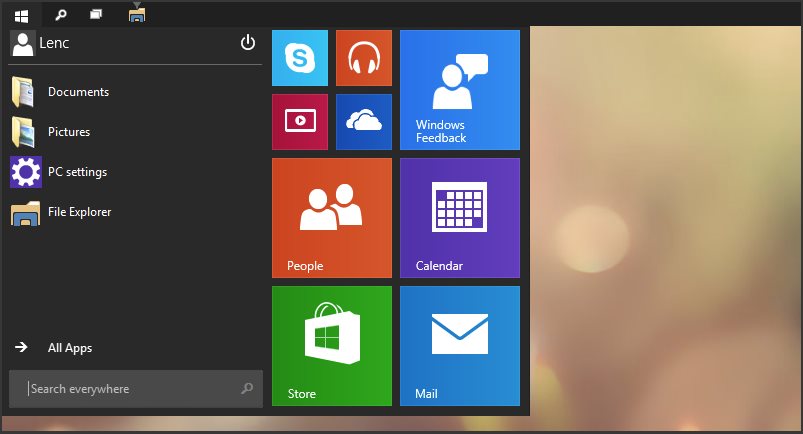- Mac Os X Update
- Mac Os X
- How Do I Update To Os X Yosemite High Sierra
- How To Update Yosemite 10.10.5
- Can I Update My Os X Yosemite
To get the latest features and maintain the security, stability, compatibility and performance of your Mac, it's important to keep your software up to date. Apple recommends that you always use the latest macOS that is compatible with your Mac.
Find out how to upgrade to macOS Big Sur, the latest version of macOS.
Here's how you can upgrade to Yosemite from OS X Snow Leopard (10.6.8) or higher. In addition to a few minutes of your time, you will need 2GB of memory and 8GB of available disk space. Make sure you're ready to upgrade. Before you upgrade, we recommend that you back up your Mac. If your Mac is running OS X Mavericks 10.9 or later, you can upgrade directly to macOS Big Sur. You'll need the following: OS X 10.9 or later; 4GB of memory; 35.5GB of available storage on macOS Sierra or later. Some features require an Apple ID. You can if you have a compatible Mac. Here's the list: MacBook introduced in early 2015 or later MacBook Air introduced in mid 2012 or later MacBook Pro introduced in mid 2012 or later Mac mini introduced in late 2012 or later iMac introduced in l.
Check compatibility
If a macOS installer can't be used on your Mac, the installer will let you know. For example, it may state that your Mac doesn't have enough free storage space for the installation or that the installer is too old to be opened on this version of macOS.
If you want to check compatibility before downloading the installer, find out more about the minimum requirements for macOS Catalina, Mojave, High Sierra, Sierra, El Capitan or Yosemite. You can also check compatible operating systems on the product ID page for MacBook Pro, MacBook Air, MacBook, iMac, Mac mini or Mac Pro.
Make a backup
Before installing, it's a good idea to back up your Mac. Time Machine makes it simple, and other backup methods are also available. Find out how to back up your Mac.
Download macOS
It takes time to download and install macOS, so make sure you're plugged into AC power and have a reliable Internet connection.

These installers from the App Store will open automatically after you've downloaded them:
- macOS Catalina 10.15 can upgrade Mojave, High Sierra, Sierra, El Capitan, Yosemite or Mavericks
- macOS Mojave 10.14 can upgrade High Sierra, Sierra, El Capitan, Yosemite, Mavericks or Mountain Lion
- macOS High Sierra 10.13 can upgrade Sierra, El Capitan, Yosemite, Mavericks, Mountain Lion or Lion
Your web browser will download the following older installers as a disk image called InstallOS.dmg or InstallMacOSX.dmg. Open the disk image, then open the .pkg installer inside the disk image. It will install an app named Install [Version Name]. Open that app from your Applications folder to start installing the operating system.
- macOS Sierra 10.12 can upgrade El Capitan, Yosemite, Mavericks, Mountain Lion or Lion
- OS X El Capitan 10.11 can upgrade Yosemite, Mavericks, Mountain Lion, Lion or Snow Leopard
- OS X Yosemite 10.10can upgrade Mavericks, Mountain Lion, Lion or Snow Leopard
Install macOS
Follow the onscreen instructions in the installer. It may be easiest to start the installation in the evening so that it can be completed overnight, if needed.
If the installer asks for permission to install a helper tool, enter the administrator name and password that you use to log in to your Mac, then click Add Helper.
Please allow installation to complete without putting your Mac to sleep or closing its lid. Your Mac might restart, show a progress bar or show a blank screen several times as it installs both macOS and related updates to your Mac firmware.
Learn more
Mac Os X Update
You may also be able to use macOS Recovery to reinstall the macOS you're using now, upgrade to the latest compatible macOS, or install the macOS that came with your Mac.
Use Software Update
Mac Os X
- Choose System Preferences from the Apple menu , then click Software Update to check for updates.
- If any updates are available, click the Update Now button to install them. Or click 'More info' to see details about each update and select specific updates to install. You might be asked to enter your administrator password.
- When Software Update says that your Mac is up to date, the installed version of macOS and all of its apps are also up to date. That includes Safari, Music, Photos, Books, Messages, Mail, Calendar, and FaceTime.
- To automatically install future updates, including for apps that you got from the App Store, select 'Automatically keep my Mac up to date.' Your Mac will notify you when updates require it to restart, so you can always choose to install those later.
Update the software on your iPhone, iPad, or iPod touch
How Do I Update To Os X Yosemite High Sierra
Learn how to update your iPhone, iPad, or iPod touch to the latest version of iOS or iPadOS. How to open appdata.
How To Update Yosemite 10.10.5
Learn more
Can I Update My Os X Yosemite
- Learn how to get updates for earlier versions of macOS that don't include Software Update preferences.
- You can also use the App Store to update apps or redownload apps that came from the App Store.
- Learn which macOS your Mac is using and how to upgrade to the latest macOS.
- When your Mac is connected to a Personal Hotspot, large updates don't download automatically.
